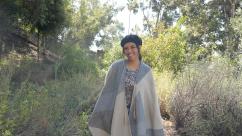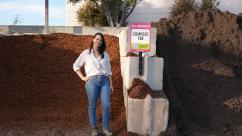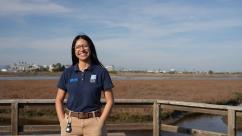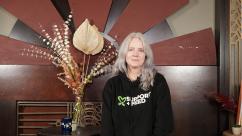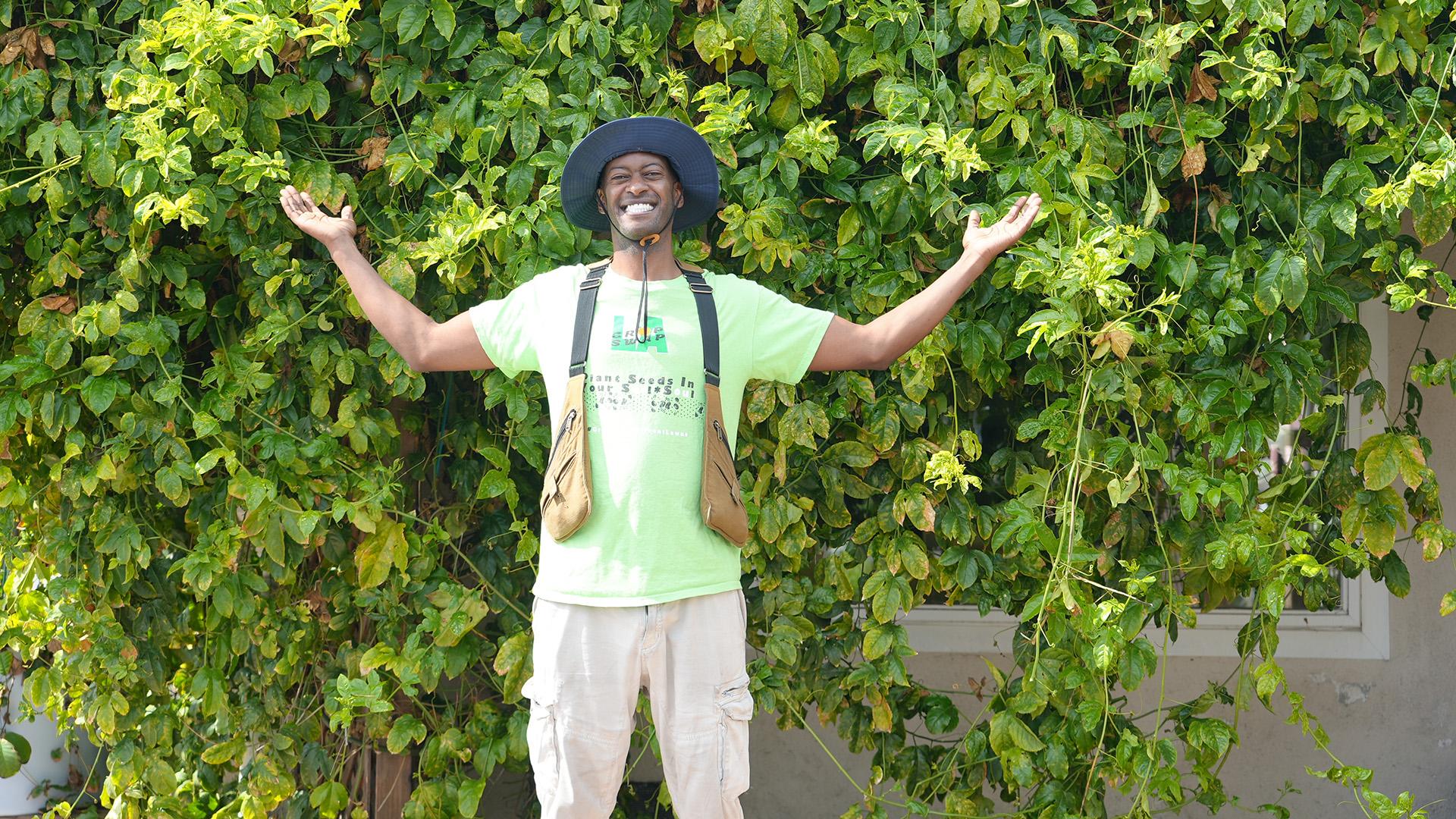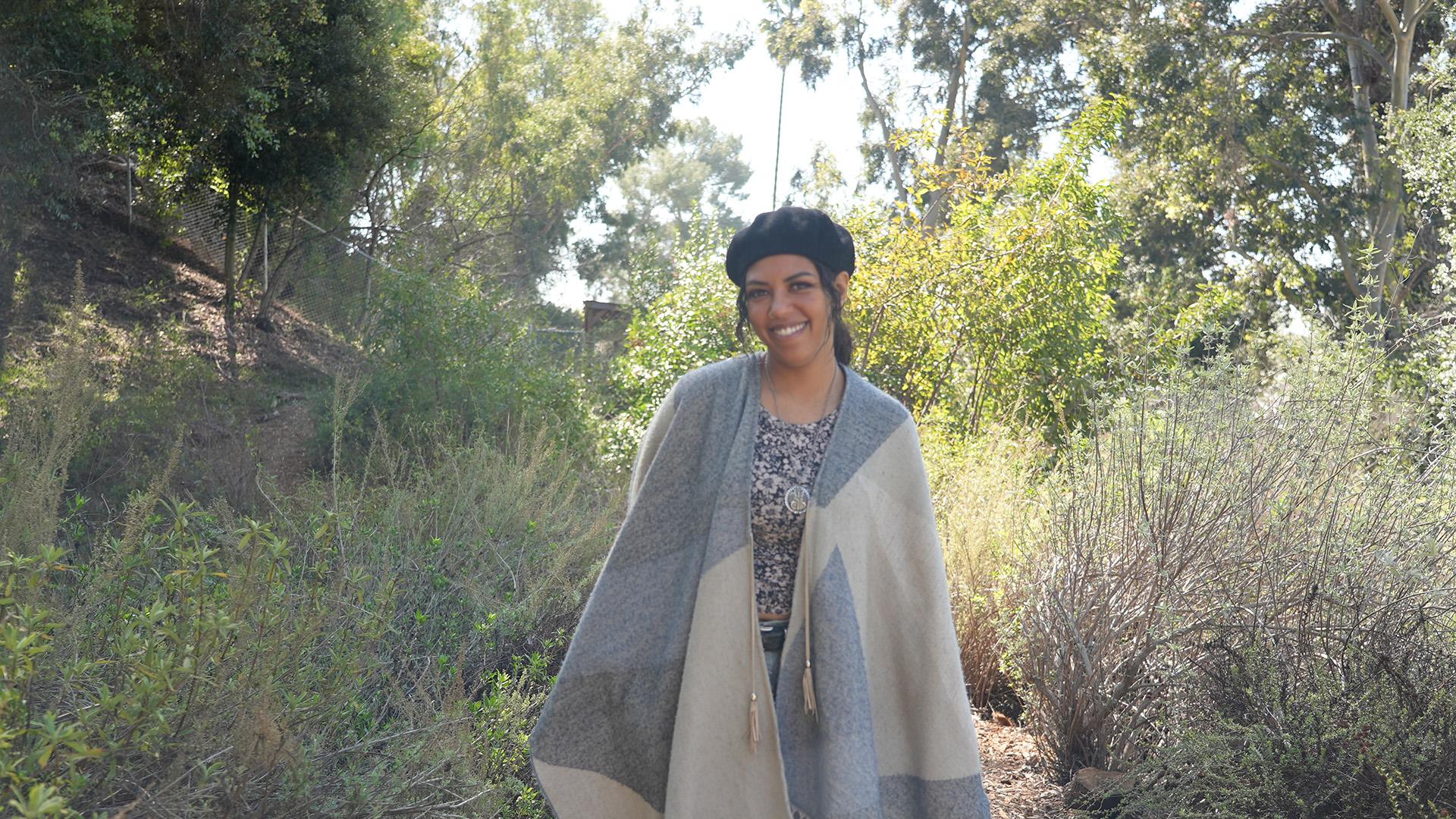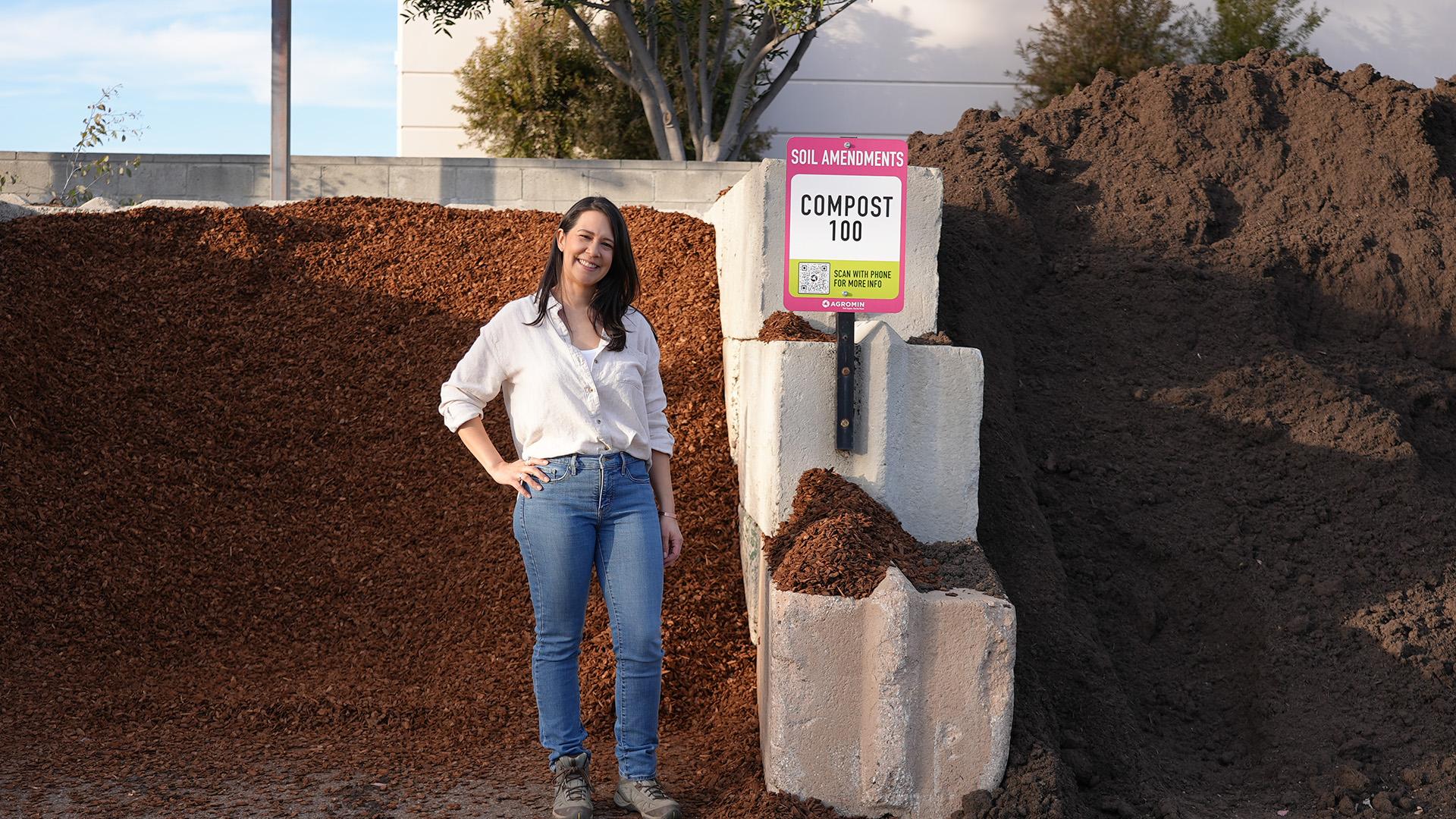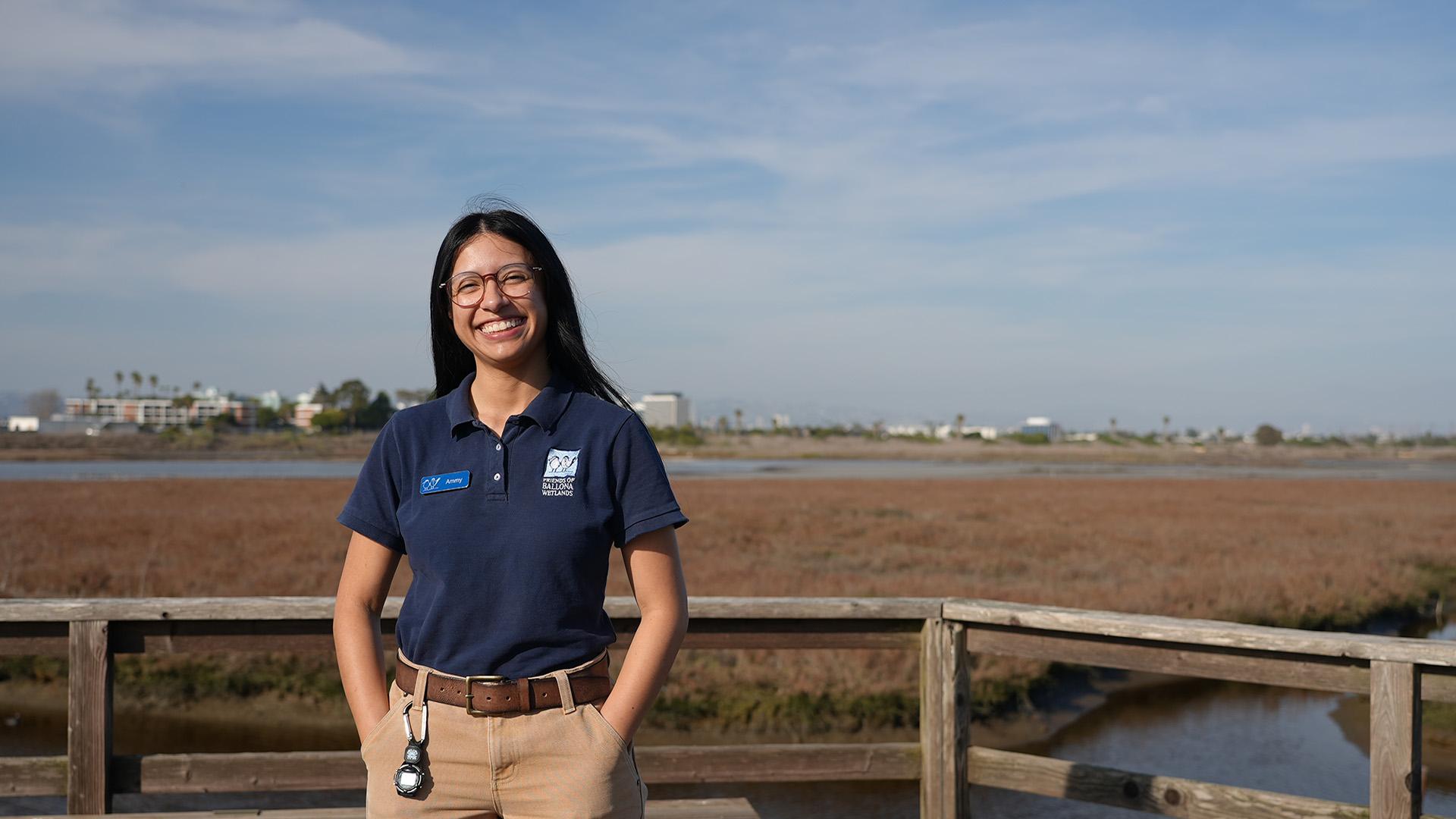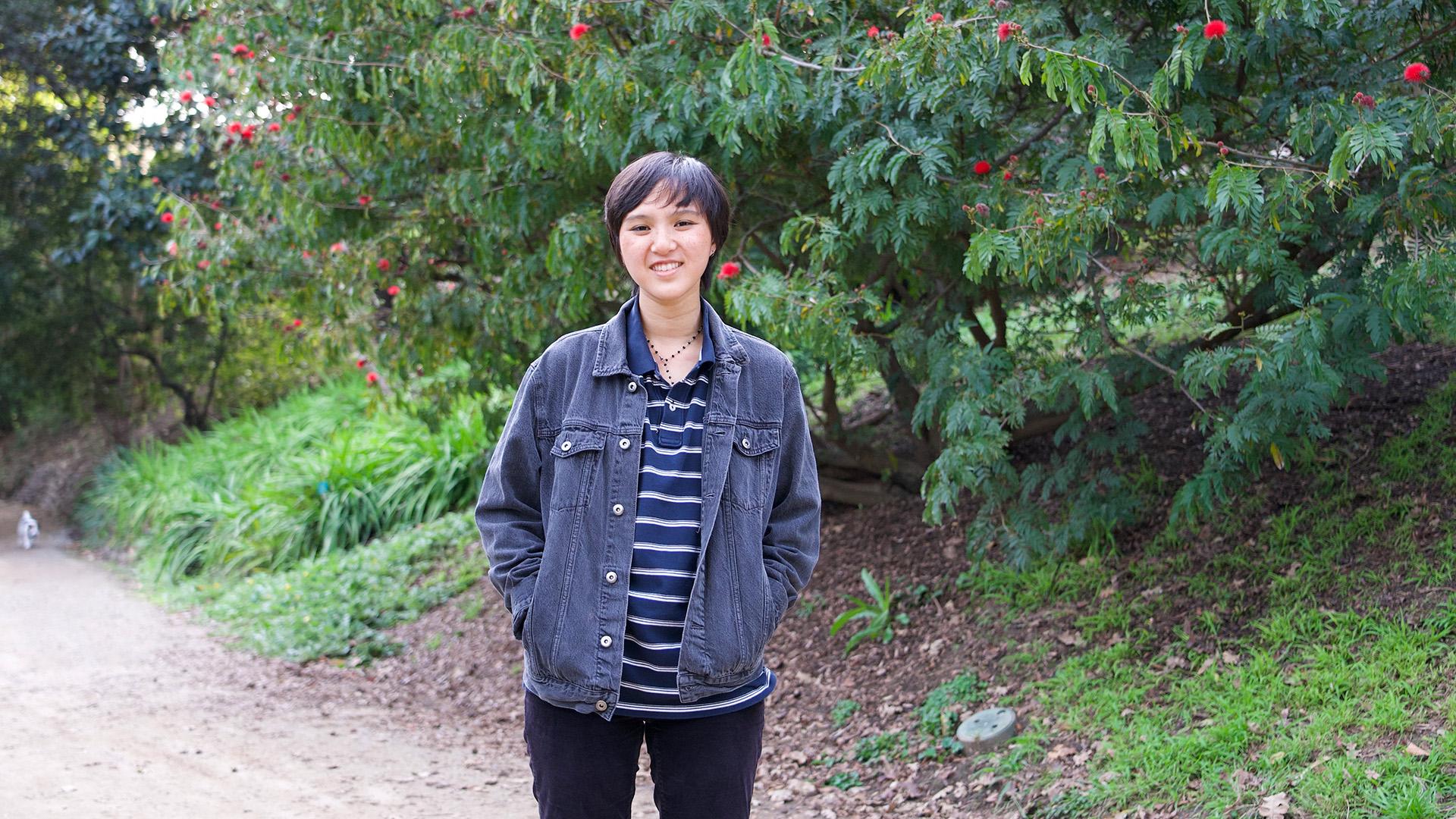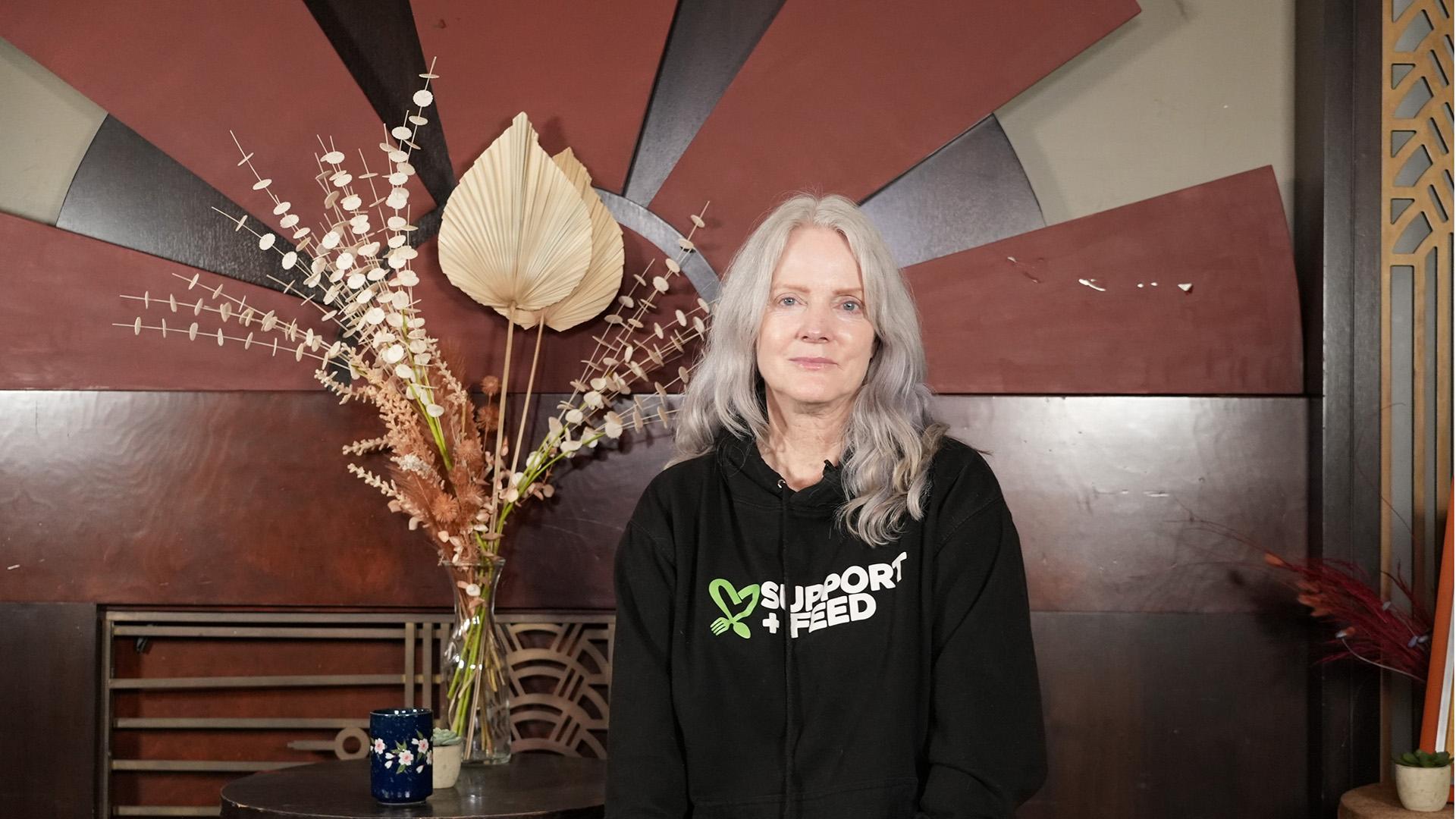Laura Rink: Making Aquaculture More Sustainable
In this Episode
Laura's Story
Laura Rink is the Associate Director of Operations at the Heal the Bay Aquarium in Santa Monica, a nonprofit focused on protecting the ocean and local watersheds in the Los Angeles area through science, advocacy, education, and community action. Through her work, Laura is advancing climate solutions by supporting sustainable aquaculture. This includes raising fish, marine wildlife, and plants in controlled environments for food production, habitat restoration, and species conservation. The aquarium’s catchphrase, “you protect what you love,” means that to protect the nature and animals in your own backyard, you first need to know and care about them. Heal the Bay is making a big impact by mobilizing volunteers and visitors from Los Angeles’s diverse communities to learn about the importance of oceans and to advocate for solutions that support ocean health and address climate change.
Among other focus areas, the aquarium's work includes advocating for policies to reduce single-use plastics. Most plastics are made from fossil fuels, and both their production and disposal release greenhouse gases that contribute to climate change. When plastics end up in the ocean, they slowly break down into microplastics, which can further harm marine life and human health. In addition to policy work, Heal the Bay runs hands-on programs like testing water quality, organizing community beach cleanups to remove trash, and running educational programs at the aquarium, where people can explore and learn how to protect our watery planet.
Discussion Questions
One of the most important things you can do about climate change is talk about it.
- Laura references supporting the “blue economy,” meaning jobs and economic activities that sustainably use marine resources while supporting ocean health. What inspires Laura most is seeing others act as environmental stewards, whether through volunteering or in their careers, which gives her hope for the future. As she says, “We all may feel really downtrodden at certain points, but we also really work together…to make progress regardless.” How can working together as a community help us protect the environment and stay encouraged, even when facing the challenges of the climate crisis?
- Laura explains that much of Heal the Bay’s work focuses on creating policies to reduce single-use plastics because of the serious damage plastic pollution causes to oceans and waterways. While consumers who buy plastics are often blamed, Laura stresses that policies are needed to stop plastic production at its source. Heal the Bay volunteers have removed over four million pieces of trash from the environment, and the aquarium uses this data to influence public policy, business practices, and sustainability efforts. This work has helped pass important bans on materials like polystyrene and plastic bags. What are everyday items in your life that use a lot of plastic (like straws or shopping bags)? How would your community be different if there were rules that limited these plastics? How could this help protect your local environment?
- As a woman working in the male-dominated field of aquaculture, Laura says having support systems was essential for her success. She talks about her supervisor, Marslaidh Ryan, who gave her encouragement and guidance throughout her career. Think about someone who has been a mentor or supporter in your life. What did they do to help you? Why do you think having a mentor is important when it comes to developing or supporting your climate leadership?
- Laura shares that her superpower is in her ability to stay calm even in the midst of a crisis. This stems from feeling the sense of possibility that comes from facing challenges and working to overcome them. Her persistence in taking action on climate change is an example of this; despite the challenge of it, she is motivated to be a climate hero in her community. Is there a time when staying calm helped you to overcome a challenge in your life? How might being steady, consistent, and calm be a beneficial strategy for acting on climate change?
Learn More
Learn about the solutions in this story:
- Solutions Sectors: Nature-Based Carbon Removal; Food, Agriculture, Land & Oceans
- Solutions Clusters: Restore & Manage Ecosystems; Protect & Manage Ecosystems
- Solutions: Restore Coastal Wetlands; Protect Coastal Wetlands; Protect Seafloors; Improve Fisheries & Aquaculture
- For more on all of Project Drawdown’s climate solutions, visit drawdown.org/explorer
- Learn more about Laura’s work at Heal the Bay
Explore Climate Solutions 101, the world's first major educational effort focused solely on climate solutions. This video series combines Project Drawdown’s trusted resources with the expertise of inspiring, scientifically knowledgeable voices from around the world: drawdown.org/climate-solutions-101.
Visit the Yale Program on Climate Change Communication, a resource that shares research, communications strategy, and opinion polling on climate communications.
Take Action
- Subscribe to the Project Drawdown newsletter to receive biweekly insights and inspiration to guide your own climate solutions journey.
- Drawdown Ecochallenge, presented by Ecochallenge.org, is a fun and social way to take measurable action on the top climate solutions. Take the challenge, and see how a few weeks of action add up to a lifetime of change for you and the planet. If you want to take action on climate solutions like Laura, start a challenge today.
- The Drawdown Labs Job Function Action Guides are practical resources that highlight specific, high-impact climate actions employees in common corporate professions can take at work.
- ChangeX connects people with proven ideas for strengthening communities with the resources needed to implement those changes. Explore countless ways to improve your community and help the world reach drawdown.
- Climate Generation's Green Careers for a Changing Climate Instructional Supplement (for Grades 6-8) contains resources to help young people learn about Green STEM Careers—paths that use STEM skills to help reduce the impacts of climate change. Throughout this instructional supplement, students use Project Drawdown resources to make important connections between climate solutions and different careers.
- Solutions Journalism Network highlights the importance of reporting stories of climate solutions in the media to create a more equitable and sustainable world. Visit their Teaching Climate Solutions resource to find curated collections and the latest examples of climate solutions journalism.
- SubjectToClimate (StC) is a nonprofit online connector for K-12 leaders of all subjects to find materials on climate change at no cost. Explore StC’s educator-generated database to connect to Project Drawdown-based climate education resources.
Sign up to receive updates, provide ideas, and tell us how you might share Drawdown’s Neighborhood in your community.



